9 Brazilian Clays to Naturally Color Soap
Learn how to naturally color handmade soap with beautiful mineral-rich Brazilian clay.
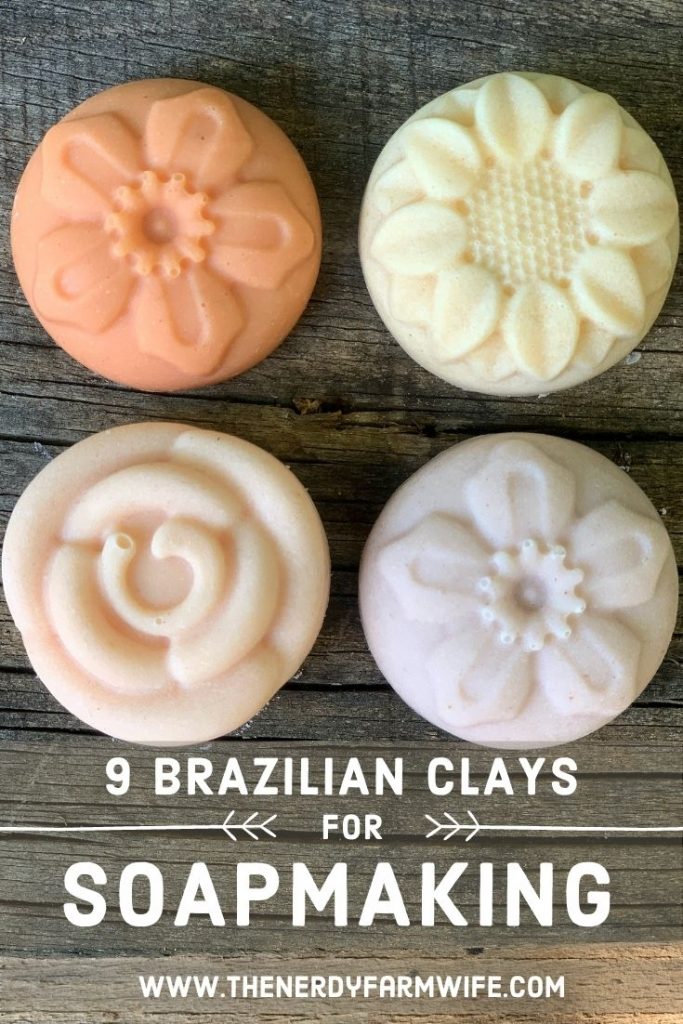
One of my favorite soap additives is clay.
Not only does it add natural color (derived from minerals naturally found in the soil), it also contributes to the skin benefits of our soap.
Clay draws oils and impurities from your skin, making it especially nice for oily or acne prone skin types, but many people with dry skin can use it too!
I have dry skin, but a combination of green clay and peppermint essential oil is my absolute favorite summertime soap – perfect for soothing and cooling skin itchy from bug bites and overheated from the sun.
Some soapers also like adding clay to soap to help “anchor” essential oils in an effort to make them last longer in soap. (I haven’t comparison tested this myself yet to know for sure – it’s on my never ending want-to-try list though.)
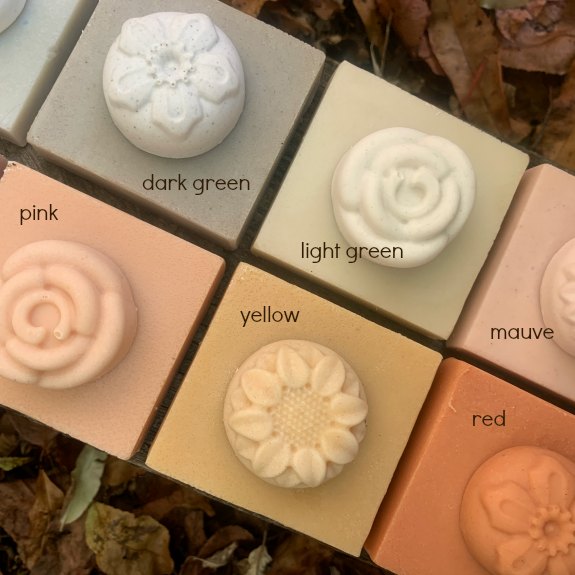
The larger square bars were CPOP’d (Cold Process Oven Processed) and went through gel phase, while the mini flower soaps didn’t gel.
I positioned them together so you could see the difference between gelled and ungelled soaps with these clays.
The most noticeable difference was with the dark green clay and the grey clay. I like them both better gelled, though you may like the lighter color of the ungelled.
Tips for Working with Colored Clay in Soap
My favorite way to add clay to soap is by mixing it into the hot lye solution. This gives it time to mix in well, whereas adding it at trace can lead to more speckling and undissolved lumps.
If you plan to add clay at trace, dilute it with about three times as much water first. So if you want to add 1 teaspoon of clay to your soap at trace, dissolve it in about 1 tablespoon water, adding more water by the teaspoon if needed.
You can use extra distilled water, in addition to the water amount of your soap recipe.
Depending on how much you add, clay can thicken your soap batter and make it reach trace a little faster, so be prepared if that happens.
If you want the true color of the clay to shine through, be sure to use light colored oils, especially when working with pink and purple. Using extra virgin olive oil or deep green unrefined hemp seed oil and such can muddy up the natural color of clay.
About these batches:
All of the soaps in this article were made with 1 teaspoon clay PPO. (PPO = per pound of oil in the recipe.) So if your recipe calls for 16 ounces of oil, you’ll use 1 teaspoon clay, or if your recipe calls for 32 ounces of oil, use 2 teaspoons of clay.
Feel free to adjust lower for lighter colors, or you can try adding more clay for a stronger color. At a certain point though, more clay won’t create a darker soap – clays tend to be muted natural shades.
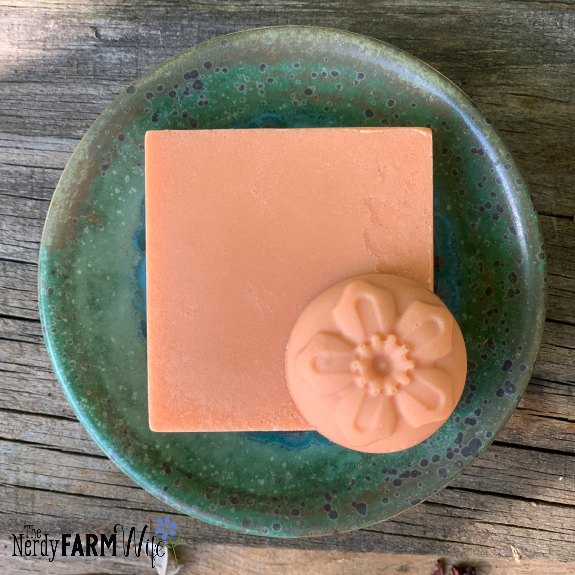
Red Brazilian Clay
I like using red clay for those with oily and acne-prone skin. It’s especially nice to boost the natural color of tomato facial soap. It may be a little too cleansing for those with dry skin.

Yellow Brazilian Clay
I’ve found that yellow clay is pretty gentle, making it nice for all skin types. It’s a good substitute if you don’t have lemon peel powder or another natural yellow colorant for a soap recipe.
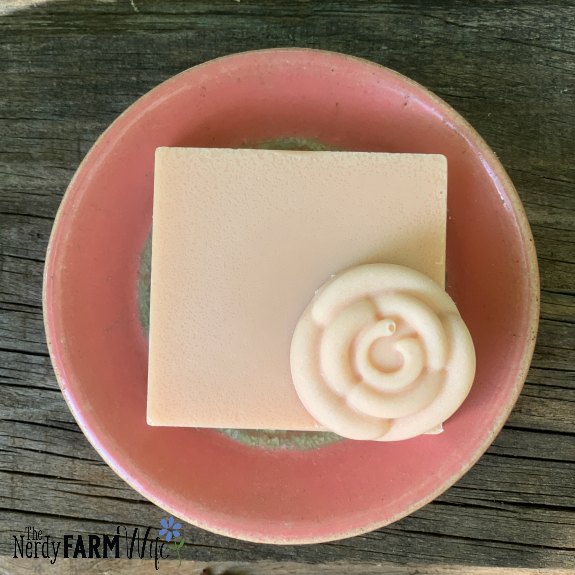
Pink Brazilian Clay
This one is extra gentle and soft – it’s good for most skin types, even those with more sensitive complexions.

Light Green Brazilian Clay
Both this light green clay and dark green (below) are suitable for normal to oily skin. I like both of these better gelled – the ungelled versions are almost white.

Dark Green Brazilian Clay
(See info for light green clay above.)
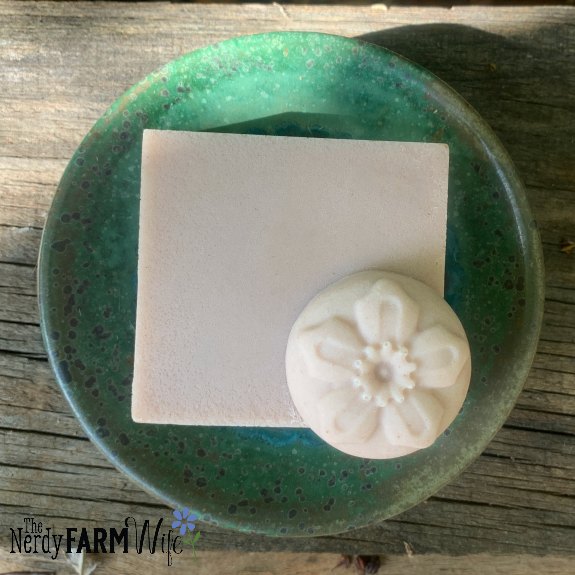
Purple Brazilian Clay
Purple clay is one of my favorites for all skin types! The best purple color I’ve gotten has been from Bramble Berry’s purple clay. The one shown above is from a different vendor.

Grey Brazilian Clay
This was a new-to-me clay to work with. The site mentions that it’s good for oily skin and the reduction of dark skin spots. I think I could have used twice as much clay (2 tsp per pound of oil) for a darker color, but I look forward to experimenting with it more.

Black Brazilian Clay
This was another new-to-me clay. I like it a lot. It’s hard to see in the photo, but the ungelled version has a browner tone than the gelled version. I also think I could’ve used more than 1 teaspoon PPO and will experiment with higher amounts next time. The site mentions that it’s good for mature skin – since I’m 40+, I have a lot of interest in playing with this clay more!
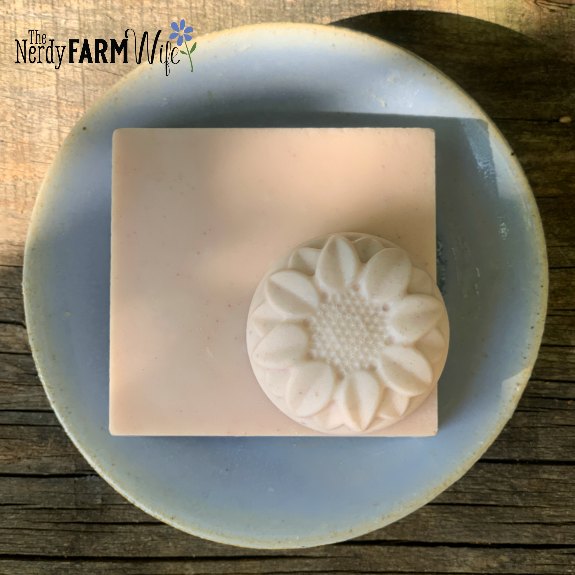
Mauve Brazilian Clay
This last clay was a “misfit” free sample that I received. I’m 99% sure it’s the mauve version and I do love its soft pretty color a lot! (I don’t know how I overlooked the misfit category when I placed my first order, but I’ll definitely stock up on more next time.)
So there you have it – some fun and all-natural clays to play with when making soap.
Next I want to experiment with using them in different face masks and cleansers… stay tuned for those results one day! ?

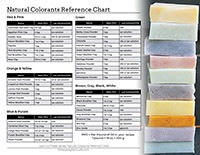

Hi Jan. I purchased your book Simple Natural Soapmaking, which I absolutely love. I’m new a soapmaking and I credit your book for getting me started.
I was interested in making the aloe face soap you posted. I bought aloe gel but noticed the gel contain other ingredients Here’s the list: Organic Aloe†, Xanthan Gum (from non-GMO corn), Water (and) Gluconic Acid (and) Sodium Benzoate (from cassia oil and natural fructose sources), Glyceryl Caprylate (from non-GMO plant material), Citric Acid (from non-GMO corn).
Would that work in the recipe? I’m sorry I’m posting this here, but the comments on that post were closed.
Thank you,
Hi Karla! So happy to hear that you’re enjoying the book! :) Yes, you can use that aloe vera gel – it always has a few extra ingredients like that to keep it preserved and to thicken the aloe into a gel form. The only thing to watch for when using bottled gel is that the soap can sometimes thicken up faster than normal. It mostly depends on the brand and how much you use, but in general, I’ve never had a soap seize up on me or anything because of using the bottled gel, you just want to be aware that you might have to work fast if your soap does decide to thicken faster than it usually does. :)
Thank you so much Jan. Can’t wait to try it! ?
Hi
I’ve been really enjoying your site as I have just discovered you. I wondered, can these clays in soap be used for the face as well or just body?
Hi Graciela, So happy to hear you’re enjoying the site! ❤ Yes, you could use clays in soap for your face. Those with really dry skin may find them somewhat drying, so clays are most ideal for normal to oily skin types.
If you see a clay described as gentle – such as the yellow and pink in this article, then those are often nice in facial soaps too.
Hi Jan,
I love your books. Right now I am devouring your “Simpl Natural Soapmaking’ – Do you
have posts or a book on those who want to take soapmaking to the next level and start selling? I would love wisdom from someone who has gone before me. Thanks
Hi Amy! I’m so happy to hear that you’re enjoying the print book!
I have an article on selling handmade products that might have a few helpful resource links:
https://thenerdyfarmwife.com/selling-handmade-products-faqs-series/
It’s been years since I sold soap though, so I would check out a site such as Modern Soapmaking for top notch and up-to-date advice:
https://www.modernsoapmaking.com/
Hi, where did you purchase the yellow Brazilian clay? All of the ones I’ve seen come out orange.
Thank you!
Hi Shay! I normally buy yellow Brazilian clay from Bramble Berry – they are a great source for several natural colorants! However, I bought the clay shown in this photo from Rainforest Chica. (I stopped linking to that company though because of no response to my emails about a payment issue.) Yellow Brazilian Clay will turn orange if you use too much, so to get a yellow color, you just need to use less. :)